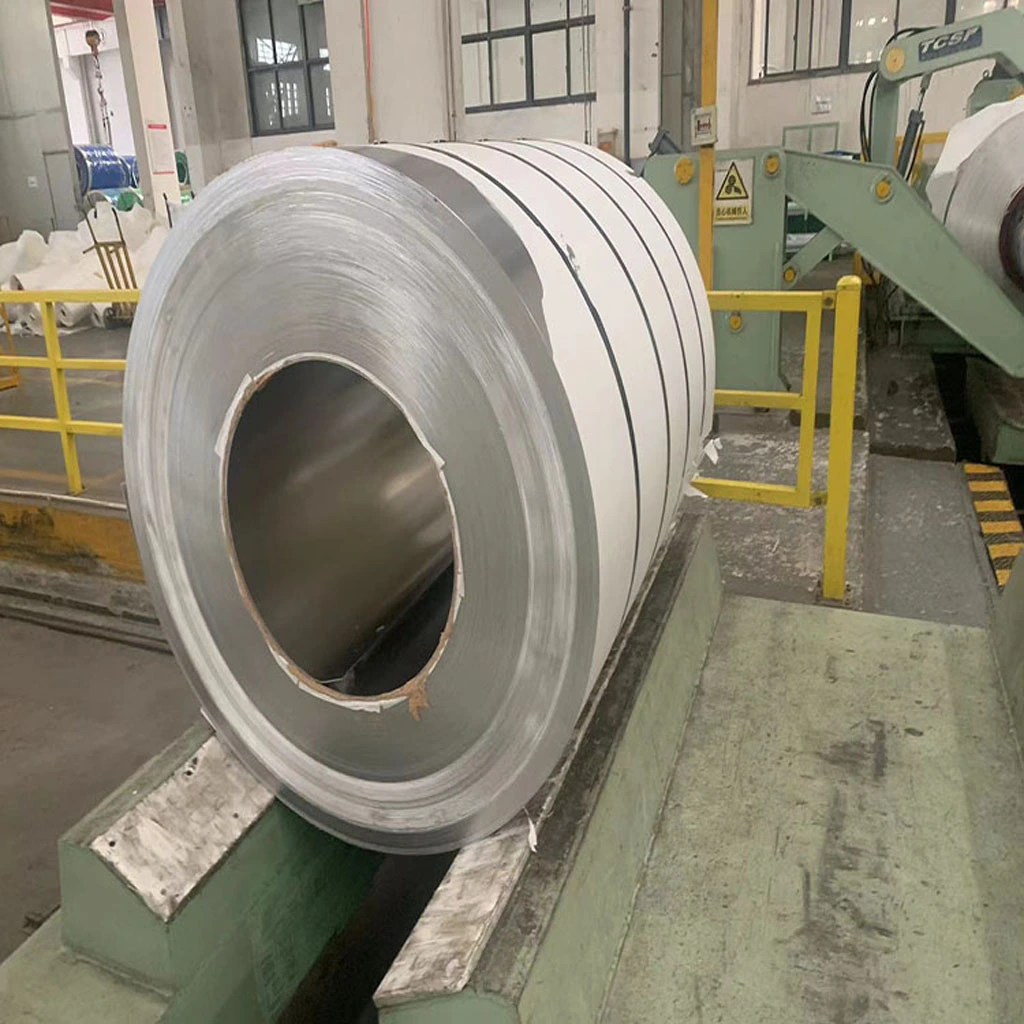What is 347 stainless steel?
2023-06-15
What is 347 stainless steel?
347 stainless steel is a corrosion-resistant variant of stainless steel that belongs to the austenitic family. It is composed primarily of iron, with significant amounts of chromium, nickel, and small quantities of niobium (also known as columbium) added for enhanced stability and strength. The addition of niobium allows 347 stainless steel to exhibit exceptional resistance to intergranular corrosion, which makes it highly suitable for applications in harsh environments, such as chemical processing plants and high-temperature settings. This steel variant offers excellent oxidation resistance, as well as good mechanical properties, including high tensile and creep strength. Its versatility and durability make 347 stainless steel a popular choice in industries such as petroleum refining, aerospace, and power generation, where reliability and resistance to corrosion are crucial factors.
Chemical composition of 347 stainless steel
The chemical composition of 347 stainless steel is as follows:
Iron (Fe): Balancing Element
Chromium (Cr): 17-19%
Nickel (Ni): 9-13%
Manganese (Mn): 2% max
Silicon (Si): 1% max
Carbon (C): 0.08% max
Phosphorus (P): 0.045% max
Sulfur (S): 0.03% max
Niobium (Nb): 10xC – 1.10%
The addition of chromium and nickel provides corrosion resistance, while niobium (or columbium) contributes to the stabilization of the steel and enhances its resistance to intergranular corrosion. The low carbon content of 0.08% ensures that 347 stainless steel is less susceptible to sensitization, a process in which chromium carbide precipitation occurs at the grain boundaries, leading to a decrease in corrosion resistance. This composition makes 347 stainless steel highly suitable for applications where exposure to corrosive environments, high temperatures, and potential sensitization is a concern.
What are the mechanical properties of 347 stainless steel?
Here are the typical mechanical properties of 347 stainless steel:
Tensile Strength: 75,000 psi (517 MPa) minimum
Yield Strength: 30,000 psi (205 MPa) minimum
Elongation: 40% minimum
Hardness: Brinell 201 maximum
It’s important to note that the mechanical properties can vary depending on factors such as heat treatment, manufacturing processes, and the specific requirements of different standards or specifications.
What are the physical properties of 347 stainless steel?
Here are the typical physical properties of 347 stainless steel:
Density: 0.288 lb/in³ (7.96 g/cm³)
Melting Point: 2550-2650°F (1399-1454°C)
Electrical Resistivity: 28.4 μΩ·cm at 68°F (20°C)
Thermal Conductivity: 14.6 Btu·ft/(hr·ft²·°F) at 68°F (20°C)
Thermal Expansion: 9.2 μin/in·°F (16.6 μm/m·°C) from 68-212°F (20-100°C)
Magnetic Properties: 347 stainless steel is generally non-magnetic in the annealed condition, but it may exhibit slight magnetic properties after cold working or during welding.
It’s worth noting that these values are approximate and can vary depending on factors such as specific manufacturing processes, composition variations, and temperature conditions.
What are the characteristics of 347 stainless steel?
The characteristics of 347 stainless steel include:
Corrosion Resistance: 347 stainless steel offers excellent corrosion resistance, particularly in environments containing acidic, chloride, and sulfurous compounds. It exhibits superior resistance to intergranular corrosion, making it well-suited for applications involving prolonged exposure to high temperatures.
High Temperature Stability: With its elevated chromium and nickel content, 347 stainless steel demonstrates remarkable heat resistance and oxidation resistance at elevated temperatures. It can withstand temperatures up to 1700°F (927°C) without significant scaling or loss of mechanical properties.
Resistance to Sensitization: Sensitization is the formation of chromium carbides at grain boundaries, leading to reduced corrosion resistance. 347 stainless steel is designed to minimize sensitization through its low carbon content, allowing it to maintain its corrosion resistance even after exposure to high temperatures.
Strength and Ductility: 347 stainless steel exhibits a good balance of strength and ductility, providing it with the capability to withstand mechanical stresses and deformation without fracturing or losing its structural integrity.
Weldability: 347 stainless steel is easily weldable using standard welding techniques. It offers good weldability and does not require preheating or post-weld heat treatment to maintain its corrosion resistance.
Common Applications of 347 Stainless Steel
347 stainless steel is a versatile and high-performance grade of stainless steel that finds numerous applications across various industries. These properties make 347 stainless steel particularly suitable for applications in environments where exposure to elevated temperatures and corrosive substances is prevalent. Common applications of 347 stainless steel include the manufacturing of heat exchangers, chemical processing equipment, furnace parts, expansion joints, and aircraft components. Its excellent resistance to oxidation and scaling at high temperatures ensures its reliability and durability in demanding conditions. Moreover, its superior weldability and formability make it a favored choice for fabricators and manufacturers in various industries seeking a corrosion-resistant material with excellent mechanical properties.
